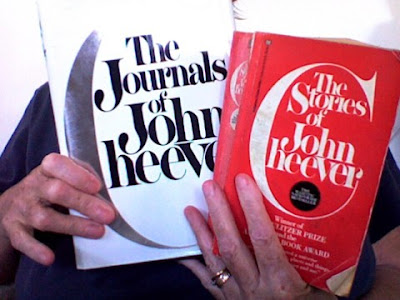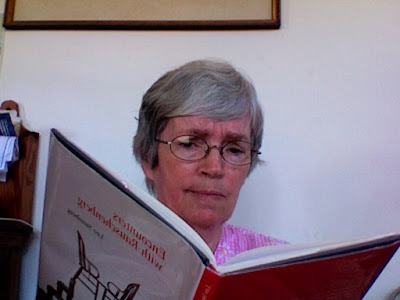A few weeks ago I went looking for a funny quote I remembered from many years ago in The Stories of John Cheever. It was something about nude statues in
I felt sad coming to the end of the book, or rather arriving back at the middle where I’d begun. But luckily I have Cheever’s Journal as well, so I’m reading that now.
As for the quote, the context is as follows: Uncle George is an American tourist in Italy. His purpose is to bring his widowed niece and her son back to America and to have his first vacation in over forty years. He’s something of a stereotype, saying loudly to the Italian waiter who brings him his continental breakfast, “You gotta no hamma? ... You gotta no eggsa?” He then goes on a sightseeing tour and gets conned by the guide. The guide lures him into a trap with a promise of seeing a special place:
“Very special,” the guide said. “For men only. Only for strong men. Such pictures. Very old.”
Kate rang for Assunta, and when the maid came in she ordered whiskey and ice, in very rapid Italian. “It’s just another way of looking at things, Uncle George,” she said.
“No, it isn’t,” Uncle George said. “It isn’t natural. Not even in locker rooms. There’s very few men who’d choose to parade around a locker room stark naked if a towel was handy. It’s not natural. Everywhere you look. Up on the roofs. At the main traffic intersections. When I was coming over here, I passed through a little garden -- playground, I guess you’d say -- and right in the middle of it, right in the middle of all these little children, is one of these men without anything on.”
“Will you have some whiskey?”
By John Cheever, from The Stories of John Cheever, Ballantyne Books, New York.

